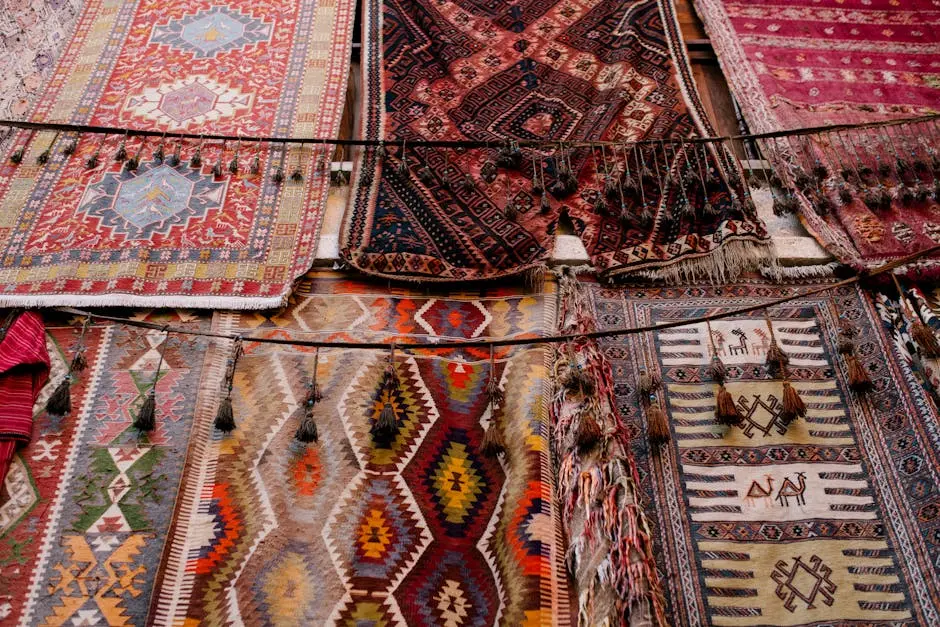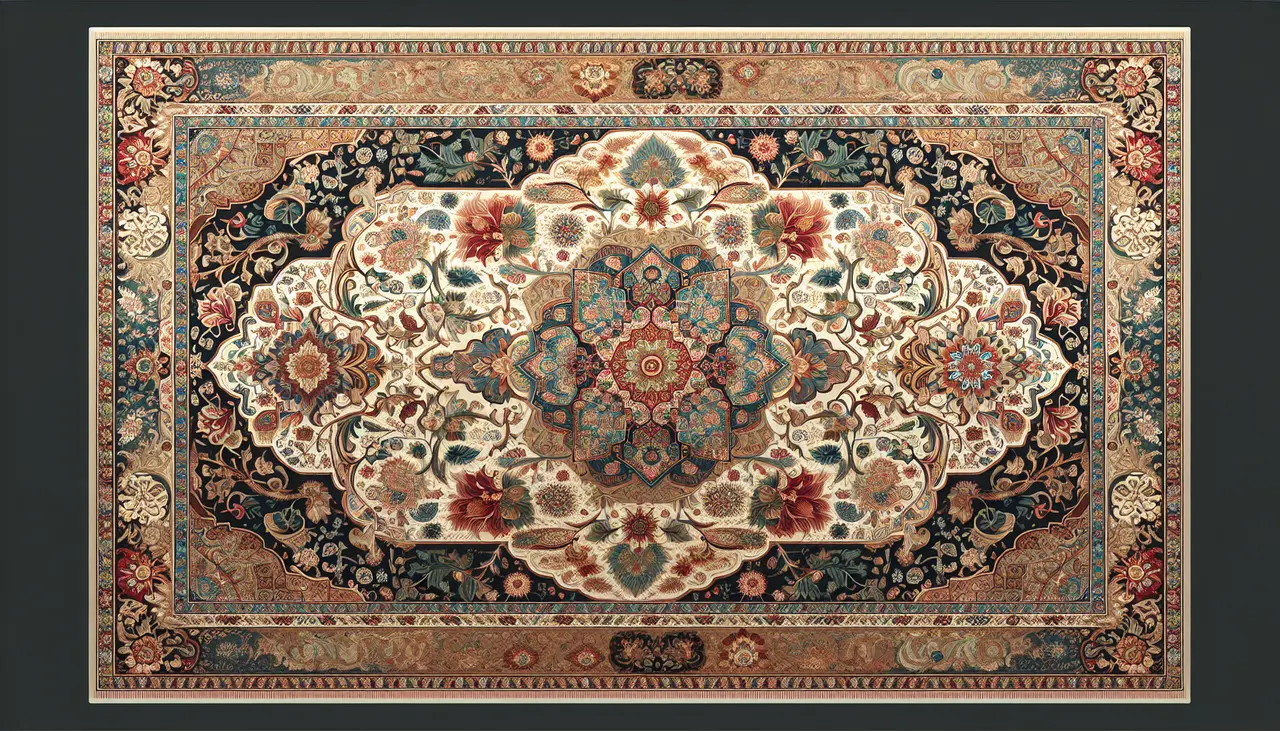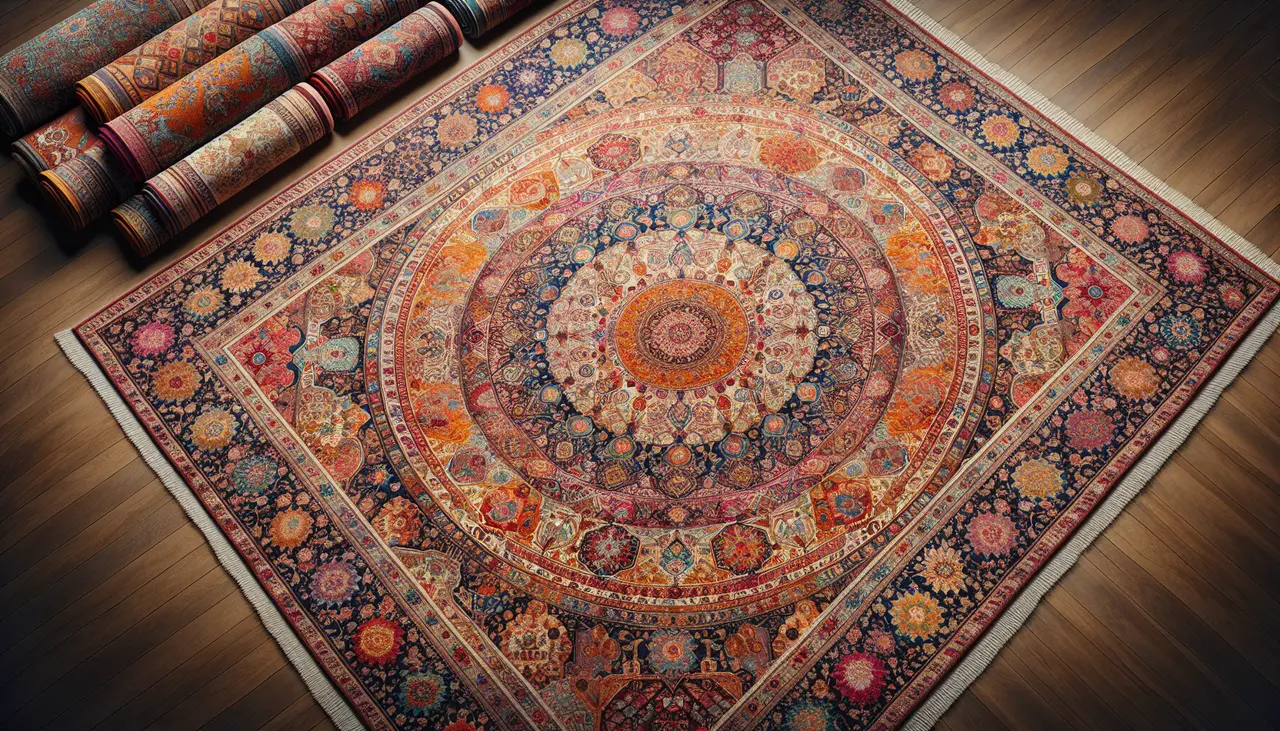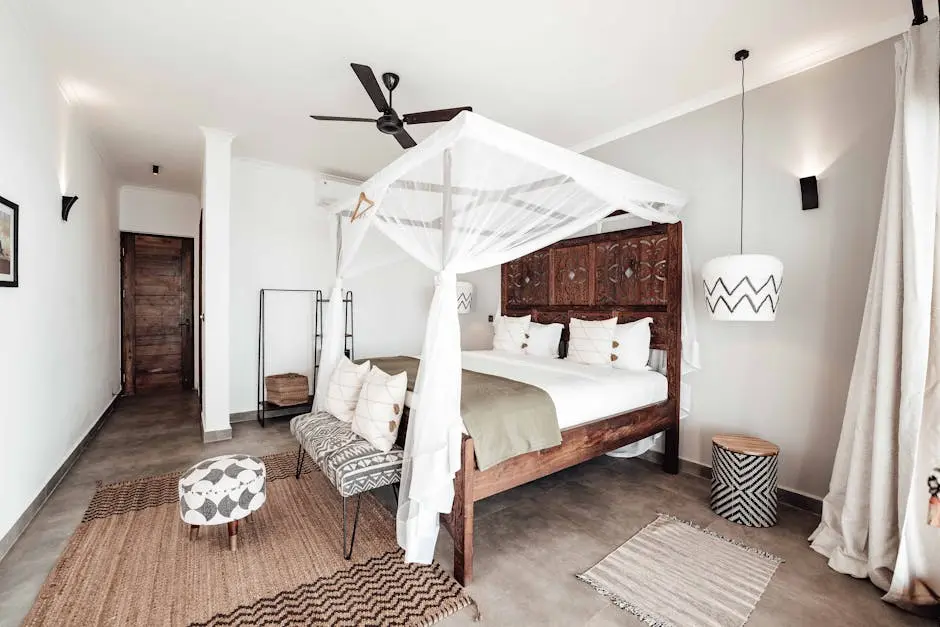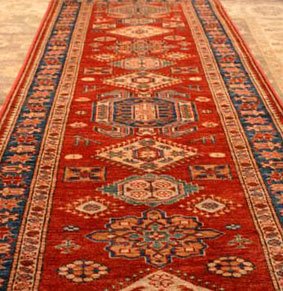Transforming your Montclair home can be as simple as adding a Persian rug. These exquisite pieces not only bring an element of elegance but also a splash of personality to any room. Let’s explore how these timeless rugs can elevate your home decor.
1. Bringing Color and Warmth to Your Space
A Persian rug can infuse vibrant color and warmth into your home, effortlessly transforming any dull area into a lively space that feels inviting and comfortable. The intricate patterns and rich hues found in many Persian rugs are often achieved through natural dyes, which create vivid tones that can greatly enhance the aesthetic appeal of a room source. Whether you prefer deep reds, calming blues, or earthy greens, there’s a Persian rug to match your home’s color scheme and bring a cheerful ambiance.
In addition to enhancing colors, Persian rugs offer warmth, both literally and figuratively. The thick woolen texture acts as an excellent insulator, making the space feel cozier during colder months. Furthermore, the visual warmth of a Persian rug adds a sense of comfort and homeliness that can transform any room into a welcoming retreat.
2. Creating a Focal Point
Using a Persian rug as the centerpiece of a room can draw attention and create a focal point, grounding the space and guiding the flow of decor around it. This strategic placement not only highlights the rug’s elaborate design but also serves as a foundation upon which the rest of your decor can build.
Selecting the perfect Persian rug for this purpose involves considering the size and pattern that best suit the room. A central medallion can capture attention in more minimalist settings, while elaborate borders and motifs work well in more eclectic arrangements. By creating a focal point, you unify the elements of your space, making it feel cohesive and well-planned.
3. Enhancing Textural Depth
Introduce an intriguing mix of textures by placing a Persian rug, which offers a plush and luxurious feel that complements wooden floors or sleek furniture. With their tightly woven knots and soft pile, these rugs add a tactile contrast to smoother surfaces like hardwood or tile.
The textural depth provided by Persian rugs also plays a significant role in defining a room’s ambiance. A high-quality Persian rug can make a space feel more layered and interesting, inviting touch and enhancing the overall sensory experience of the room. This tactile luxury contributes to a more intimate and cozy atmosphere.
4. Defining Different Areas
In open floor plans, a Persian rug can be used to define and separate different functional areas, such as distinguishing the living room from the dining area. This visual boundary delineates spaces without the need for physical partitions, maintaining an open flow while giving each area its distinct purpose.
Using rugs to define spaces is not only practical but also aesthetically pleasing. The right rug can bring together furniture groups, creating harmony within an open space. For instance, placing a Persian rug beneath a dining table can anchor the eating area, making it a clear and intentional gathering spot within a larger room.
5. Incorporating Cultural Heritage
With intricate designs and historical significance, Persian rugs bring a touch of cultural heritage into your home, making them conversation pieces that add depth to decor. The history of Persian rug weaving spans over 2,500 years, and their designs often reflect the traditions and stories of their region of origin source.
Owning a Persian rug is akin to owning a piece of art, as each rug tells a unique story through its patterns, symbols, and colors. Introducing this cultural narrative into your home enriches the decor, offering guests and residents alike a glimpse into the rich tapestry of history and art that these rugs represent.
6. Combining Traditional and Modern Styles
Blend the old with the new by adding a Persian rug to a modern home, achieving a harmonious balance that showcases eclectic style and sophistication. Persian rugs have a timeless quality that allows them to seamlessly integrate with contemporary design elements, creating a striking visual contrast that adds character to your home.
Incorporating traditional elements like a Persian rug into a modern setting can highlight the unique qualities of both styles. The intricate patterns and rich history of the rug can emphasize the sleek lines and minimalism of modern furniture, resulting in a dynamic and balanced space that reflects both appreciation for tradition and a penchant for contemporary aesthetics.
7. Boosting Acoustic Qualities
Besides visual appeal, Persian rugs add functional benefits by softening noise and enhancing acoustic qualities, making spaces more serene and enjoyable. The dense fibers and underlaying padding of Persian rugs absorb sound, reducing echoes and improving the overall acoustics of a room.
This feature is particularly beneficial in large, open areas or homes with hard flooring, where sound can easily bounce around. Implementing a beautiful Persian rug can transform such spaces into tranquil environments, perfect for relaxation or entertaining without the intrusion of unwanted noise.
8. Adding a Touch of Luxury
Persian rugs are often associated with luxury and class. Introducing one into your home instantly elevates the atmosphere to one of elegance and opulence. Known for their exquisite craftsmanship and intricate designs, Persian rugs convey a sense of sophistication and grandeur that few other decor pieces can match.
The luxurious feel of a Persian rug is due to the fine materials and skilled artisan techniques used in their creation. High-quality wool or silk is typically hand-knotted, resulting in a luxurious texture that enhances any room. This opulent addition to your home decor can make everyday life feel more lavish and special.
9. Connecting with Personal Taste
Selecting a Persian rug that reflects your personal taste allows you to express individuality, ensuring your home is a true reflection of your style. The variety of designs, colors, and patterns available makes it easy to find a rug that resonates with your aesthetic preferences.
Whether you are drawn to bold, geometric designs or prefer softer, floral patterns, there’s a Persian rug that will perfectly align with your vision. By choosing a rug that speaks to you personally, you create a living space that is not only beautiful but also deeply personal and distinctive.
10. Increasing Home Value Over Time
Persian rugs are investments that appreciate over time, making them not just a decor choice but also a valuable asset in your home. The craftsmanship and historical significance of these rugs contribute to their enduring value, which can increase as they age.
A well-maintained Persian rug can even become a family heirloom, passed down through generations while continuing to appreciate in value. As such, investing in a Persian rug not only enhances the aesthetic appeal of your home but also serves as a wise financial decision that pays off in the long run.
Montclair Rug Gallery – call for appointment – 510-339-2472
Serving the communities of:
Oakland, Montclair, Piedmont, Berkeley, Orinda, Kensington, Emeryville



